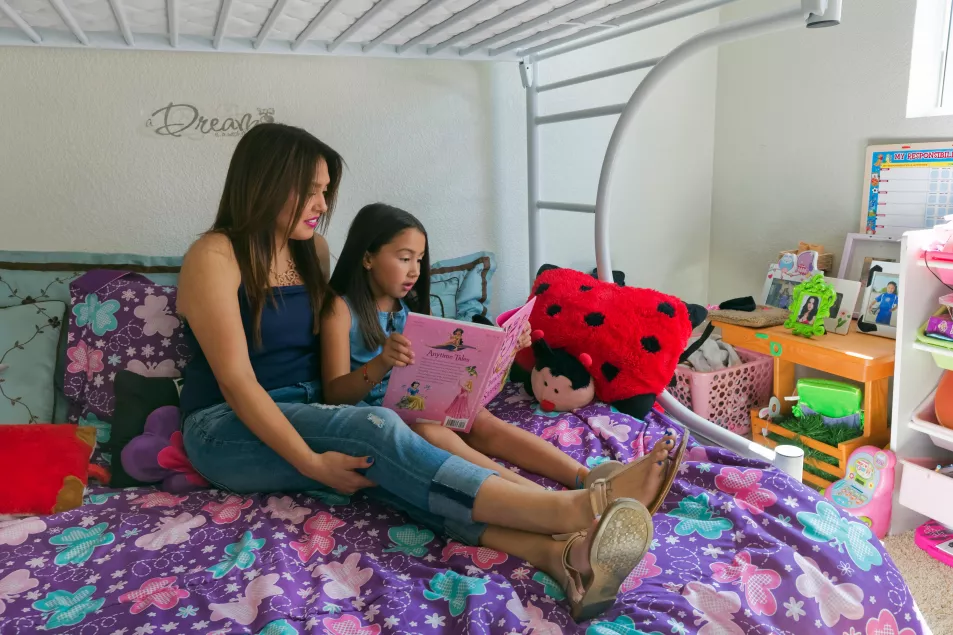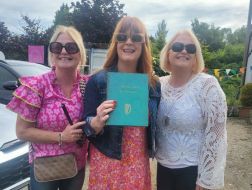It’s the start of World Autism Acceptance Week and there are still many common myths people believe about children with autism.
Autism is a lifelong disability that affects how people communicate and interact with the world.
This means children who have been diagnosed with this particular neurodiversity may process information about their surroundings differently than those who are neurotypical.
According to the National Autistic Society, at least one in 100 children and adults are autistic, which means there are more than 700,000 autistic people in the UK, with more than 200,000 autistic pupils in England.

Suzy Yardley, CEO of Child Autism UK said: “Autism is a spectrum, which means that children can be affected to different degrees. However, the majority of autistic children have challenges in the areas of communication, social interaction and imagination (flexibility of thought).
“It is important to note that many autistic people do not need specific support, especially when within autism-friendly environments.”
So, what is the youngest age that autism can show up in children? Health experts share everything you need to know.
What is the youngest age that the condition can show up?
It is often parents who notice differences in their child’s development first.
“Children can be diagnosed as autistic when they’re quite young, in some cases from the age of two. But not everyone is diagnosed early in life. It’s quite common for a child to not get their diagnosis until they are older, or even as an adult,” said Joey Nettleton Burrows, policy and public affairs manager at the National Autistic Society.
What should parents of very young children look out for?

There are various signs that a child may be on the autism spectrum.
“These can include not drawing their parents’ or others’ attention to objects or events, for example not pointing at a toy or a book, or at something that is happening nearby (or a child may eventually do this, but later than expected), carrying out activities in a repetitive way, for example always playing the same game in the same way, or repeatedly lining toys up in a particular order,” said Nettleton Burrows.
“Resistance to change or doing things differently, emerging difficulties with social interaction and social communication.”
Yardley agreed and added: “Every child is different, and not all children showing the signs illustrated here will be autistic – it will depend on the frequency, the severity, and whether it is proving an obstacle to learning or quality of life – many people have ‘autistic traits’.
“However, common signs include echoing words or phrases without context, taking language too literally, often choosing to play alone, having difficulty making friends, not understanding other’s thoughts and emotions, repetitive or restrictive behaviours, and having trouble with coordination.”
Other signs can also include “seeking out specific visual or auditory experiences, such as spinning wheels on a toy train, looking at the bars of a fence, and listening to the theme tunes of favourite programmes.
“Being restrictive around certain activities such as eating only yellow food, watching the same programme over and over, or only wearing a favourite jumper.
“Autistic people may or may not have exceptional attention to detail, and sensory differences, this is most noticeable when children are over-sensitive to stimuli, for example, distress at loud noises, trouble with co-ordination, and additional learning disabilities.”
How can parents help their young child after a diagnosis?

For Yardley, early intervention has been consistently shown to be vital in ensuring the right support is in place for the best outcomes.
“However, currently the average age for diagnosis is eight years old, and the average wait for a diagnosis assessment is three years, she said.
“This varies across postcodes, disadvantaged families on low incomes (as they cannot access private assessments) and those with lower education attainment or with English as a second language, as the process for accessing help is highly complex and often combative.
“Ask your GP for links to local groups, and ask your GP or school to start the process for accessing an Education, Health and Care Plan (EHCP) which starts the assessment process through an autism team, that sets out the legally binding provision your child should receive.”







